Beautiful, Sharp, And A Bit Boring. Sigma 35mm F1.4 Review
For more stories like this, please subscribe to The Phoblographer.
I remember when Sigma debuted their Art series of lenses to the world some odd years ago. One of my dearest friends rented the 35mm for Canon and invited me to come and play with it. I quickly made him laugh and snapped his portrait. It captured a fundamentally basic scene, yet something was inviting and intriguing. Granted, during this time, QA was subpar, and a number of lenses were lemons. Sigma has since worked hard to rectify the issue. In doing so, they’ve also removed a lot of other things in their newest mirrorless offerings. When testing out the Sigma 35mm f1.4 DG DN Art lens for Sony, I found myself wondering why they left “art” in the name.
Editor’s Note: Typically, when you’re as authentic and large as we are, you work with manufacturers to get products in for review. But it’s also not uncommon to hear threats from brands about changing your coverage to something more positive, even when it doesn’t deserve it. Despite having reviewed the largest database of Sigma prime lenses, Sigma felt we were too harsh on their products. They haven’t even responded to our last email. So we asked LensRentals to help us out. LensRentals, like us, champions authenticity and honesty. We’re elated to have and promote partners like them. And we recommend that if there is any gear that you want to try to go check them out. When you click out links and rent from them, we’ll receive affiliate commissions. And as always, we only recommend the brands we think are truly the best. As the site’s Editor in Chief, I oversee all the site’s reviews. When something is just wrong, we’ll correct it. But our reviewers are rarely wrong. And I encourage everyone to lean into their emotions and feelings while presenting facts. Why am I writing this? Because I believe the photography blogging world needs this level of transparency.
Too Long Didn’t Read

The Sigma 35mm f1.4 Art lens is plenty sharp. Bokeh is very decent, especially when shooting wide open or with plenty of background separation. There is nothing majorly wrong with this lens. Yet, the heart and soul of what made this lens series so popular has gone missing in the quest of perfection. The nearly perfect images feel a bit flat and clinical without a significant amount of editing. If post-processing is your jam, you will love the opportunities this lens presents to get creative.
Pros and Cons
Pros
- Very Sharp
- Decent Bokeh
- Realistic Colors
- Weather Sealing
- Versatile
- Great price
Cons
- Very large lens for a mirrorless body
- Lens fit hasn’t fully mitigated the sensor dust issue
- Images feel flat and clinical without a decent amount of post processing
Gear Used
We used the Sigma 35mm DG DN f1.4 lens with a Sony A7 III body courtesy of LensRentals. You can get this lens from them.
Innovations
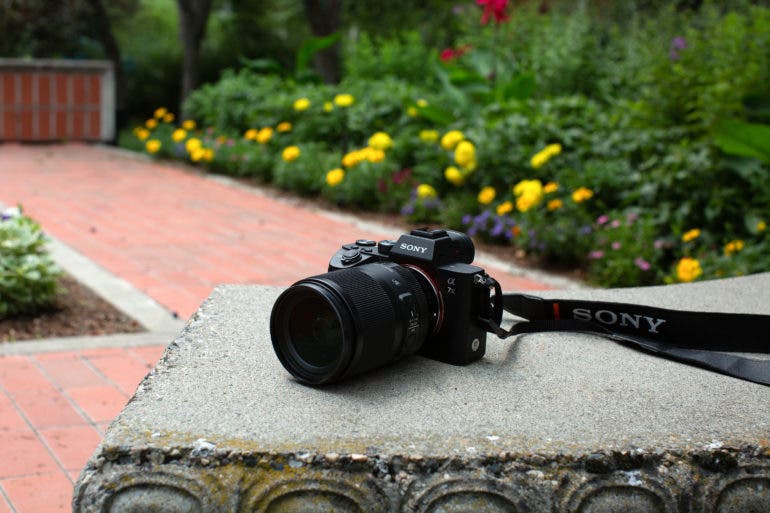
Sigma states they have entirely revolutionized the 35 f1.4 Art lens and that it has been reborn for mirrorless. They have done a great job creating a lens for both photographers and cinematographers. In making a nearly technically perfect lens, they have made it almost impossible to achieve lens flare. Aberrations are barely noticeable and distortion is easily rectified. Most of the imperfections that provided the lens character of the first generation have been removed. Sigma has added an aperture control ring which can have the clicks turned on or off. They have also added an autofocus lock button that is customizable. This allows photographers to utilize the lens more akin to those found on older analog cameras. It is competitively priced at $899. But in the grand scheme of things, it’s still just a 35mm f1.4 lens.
Tech Specs
All tech specs are from the manufacturer’s product page.
- Lens Construction: 15 elements in 11 groups
- Angle of View: 63.4°
- Number of Diagram Blades: 11 (Rounded diaphragm)
- Minimum Aperture: F16
- Minimum Focusing Distance: 30cm / 11.8in.
- Maximum Magnification Ratio: 1:5.4
- Filter Size: φ67mm
- Dimensions (Diameter x Length):
- L-Mount
- φ75.5mm × 109.5mm / φ3.0in. x 4.3in.
- Sony E-Mount
- φ75.5mm × 111.5mm / φ3.0in. x 4.4in.
- Weight:
- L-Mount
- 645g / 22.8oz.
- Sony E-Mount
- 640g / 22.6oz.
- Supplied Accessories: Petal type Lens hood with lock (LH728-01), case included.
Ergonomics

The Sigma 35mm f1.4 Art lens appears large on the compact Sony A7 III camera body. That is because it is slightly longer than the original lens created for a DSLR body. It also closely resembles its predecessor. The lens weighs less than 1 ½ pounds and only spans 4.4 inches.
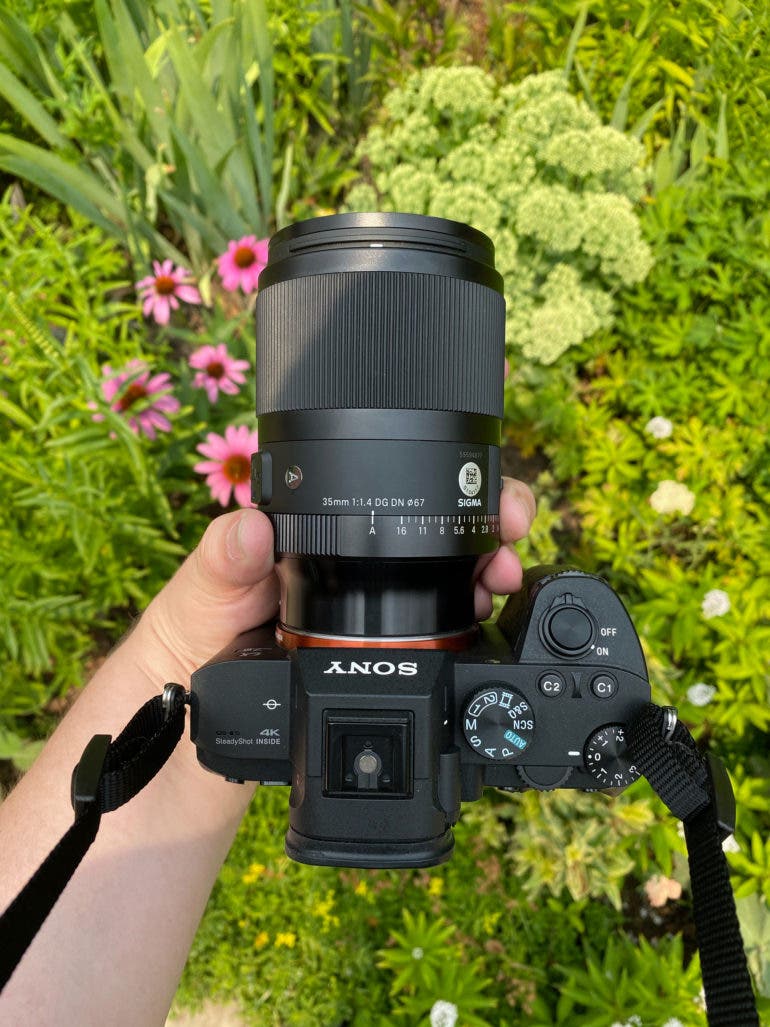
As a standalone, it feels lightweight. When attached to a Sony body, it makes it feel front heavy for the mirrorless system. It fits comfortably in your hand and is light enough to shoot with all day.
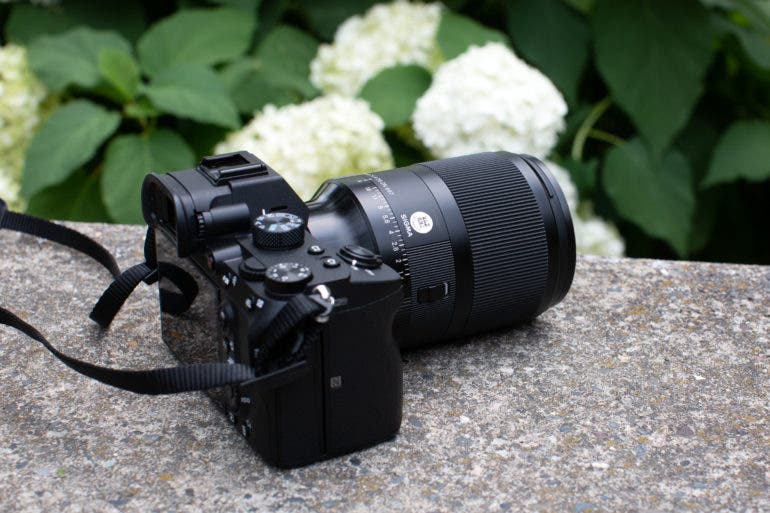
The base of the lens closest to the lens mount is comprised of smooth metal. The textured aperture control ring is conveniently located approximately an inch above the lens mount. Next is an unmarked switch on the right of the lens to either lock or unlock the auto position.

The AF/MF switch is on the left, as well as an autofocus lock button. The autofocus lock button is customizable to suit your needs. Sigma has also included a click/de-click aperture button which videographers will appreciate. The focus ring is at the top of the lens.
Build Quality
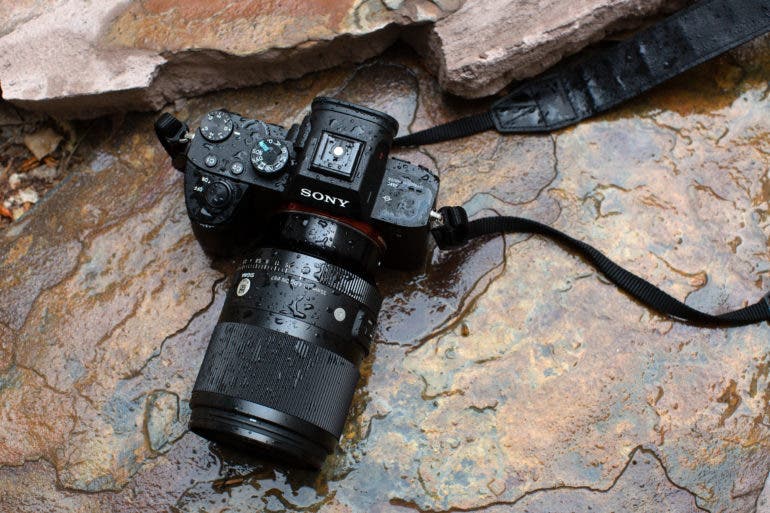
Sigma has done a great job of providing weather sealing for this lens. The 35mm f1.4 Art lens boasts a magnesium alloy design with rubber elements and a lens coating that weathers the storm. One area that still has room for improvement is at the lens mount. Sigma has made a significant improvement to the fit. However, it is not immune to sensor dust. I had minimal dust towards the end of my time with the lens permanently attached. I didn’t have the opportunity to experience how this lens handles in the rain. Therefore, I opted to photograph in my lawn with the sprinkler on. I did not experience any performance issues.
Autofocus

I only tested the autofocus in a photographic capacity. For the most part, it achieved autofocus relatively well. I wouldn’t say it is lightning fast. The Sigma 35mm f1.4 Art lens was a bit lagging when tracking subjects that were in motion. I had autofocus misses with shutter speeds at 1/2000th of a second in these instances. As someone who doesn’t shoot a lot of frames, the misses add up. Additionally, shooting through highly reflective glass and less than pristine glass proved challenging. Attempting to achieve swift autofocus with motion in a low light setting was also a bit of a struggle. I don’t know that I would choose to use this lens in a high-pressure fashion or commercial shoot for this reason.
The amount of light the 35mm lets in allows for only a few autofocus misses when shooting wide open. It is easy to get your subject in focus with plenty of details that smooth out at the edges for basic portraits. Autofocus was challenging when incorporating movement and shooting through glass. It also had difficulty when shooting close-up portraits where elements closest to the lens were out of focus. I wound up switching to manual focus and achieved the end result much quicker. If I were shooting fashion with motion and creative vantage points, I wouldn’t be able to rely on autofocus. I would have to opt for manual focus to get my creative vision.
Ease of Use
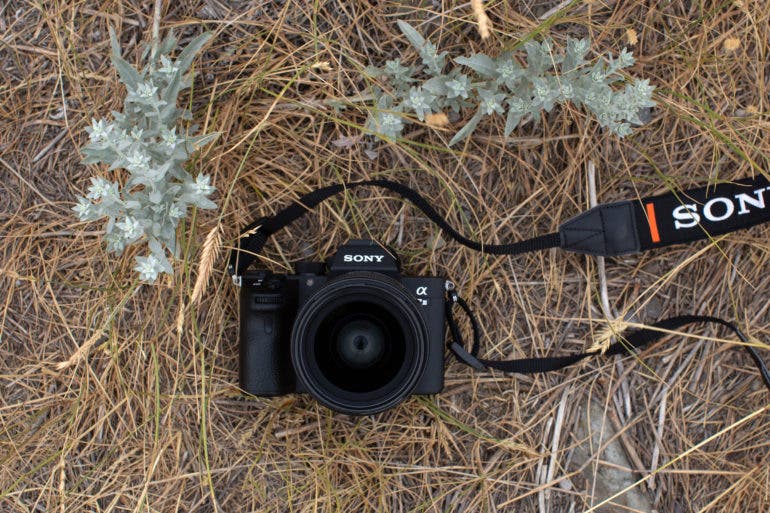
Sigma has created a mirrorless lens that is perfect for beginners and adaptable for professionals. I would encourage beginners to familiarize themselves with the controls and aperture ring. Other than that, it is as simple as attach the lens, choose AF or MF, and go.
Image Quality
Bokeh

The bokeh this lens creates is what we have come to expect from Sigma. It isn’t perfectly round or uniform. This is more apparent with lights, which take on more of a football shape. The 35mm f1.4 Art lens creates a creamy background as the perfect stark contrast for your subject. I even found the bokeh to be pleasing when stopping down to f2.8.
Sharpness

The Sigma 35mm f1.4 lens is wonderfully sharp. When shooting wide open, there is plenty of sharpness and detail in the middle that gradually fades toward softer edges. Wider apertures strike an excellent chord for shooting portraits with this lens. This lens hits a home run at f5.6 where almost everything is razor-sharp with the softest fade away at the corner edges.
Lens Character

Sigma has created a machine in a sense. In doing so, they have managed to extinguish most imperfections with the 35mm f1.4 Art lens. Are you looking for sun flare? Forget about it. I had to work really hard to get a nominal amount of sun flare. In fact, the rare cyan highlight fringing is barely discernible. Most aberrations, flares, and imperfections have been removed. Any hopes I had that it may edge on the contrasty side were in vain. The lens very accurately depicts the scene without any extra pizzazz. In their efforts to create a perfect mirrorless 35mm for both cinematographers and photographers, they removed much of the art. If you are looking for a lens with character akin to the inaugural Art series, this isn’t the lens for you.

Night photographers and cinematographers will appreciate the lack of light flares, however. Lens distortion is on par with most 35mm lenses on the market. It can be played up or down, depending on angle and distance, and easily removed if you don’t want it. There is a small amount of vignetting that is easily corrected in post. Flatly lit scenes do benefit from the vignette. Contrast is minimal and falls in every level of the zone system. Even the most technically perfect images feel flat, a little lackluster, and in some cases, a bit boring.
Over the years, I’ve developed a workflow that requires basic editing. I’ve been spoiled getting to shoot with the simulations Leica and Fujifilm offer. I’d rather spend time shooting than sitting in front of my computer. I would need a lot more production and professional lighting on the front end to achieve the look I desire. If post-processing is your jam, you will love the creative opportunities this lens presents you.
Color Rendering

The Sigma 35mm f1.4 Art lens creates a scene with beautiful color. It provides a touch more saturation in more contrasty scenes without feeling fake. I particularly enjoy the greens provided by this lens and camera body combo. In flat light, I was left feeling underwhelmed.
Extra Image Sampes
From day one, the Phoblographer has been huge on transparency with our audience. Nothing from this review is sponsored. Further, lots of folks will post reviews and show lots of editing in the photos. The problem then becomes that anyone and everyone can do the same thing. You’re not showing what the lens can do. So we have a whole section in our Extra Image Samples area to show off edited and unedited photos. From this, you can make a decision for yourself.
Edited



























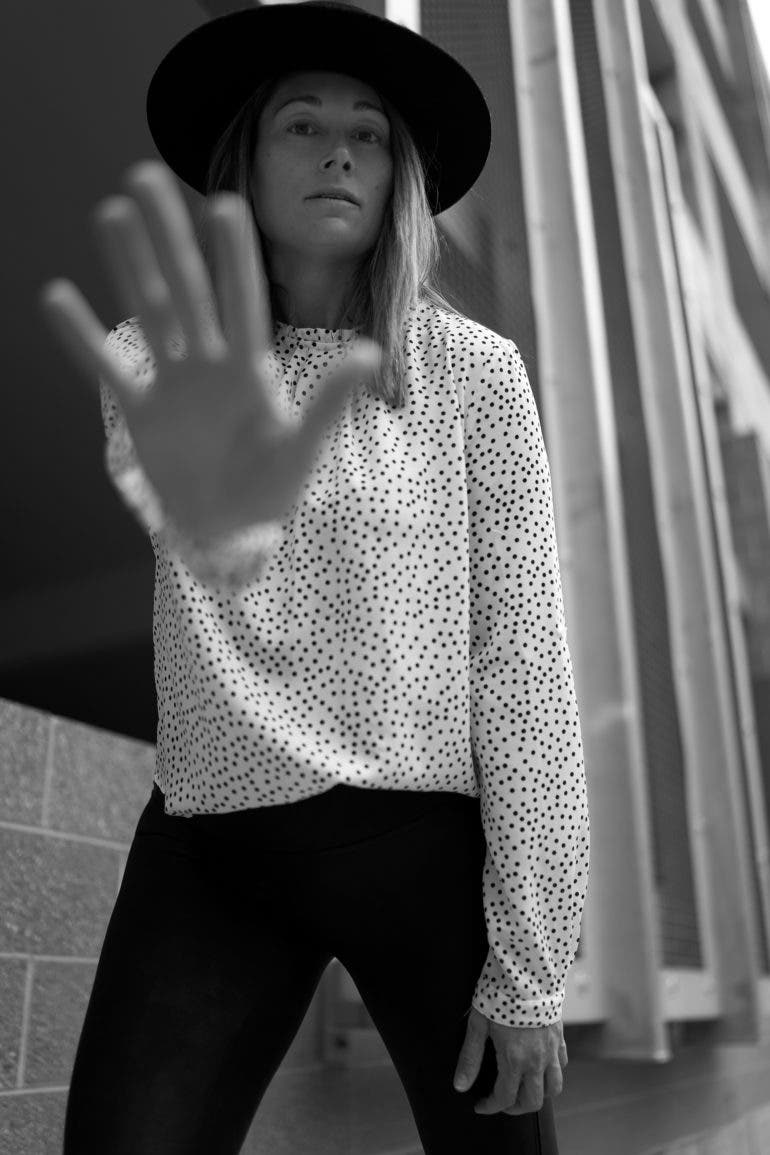
Unedited



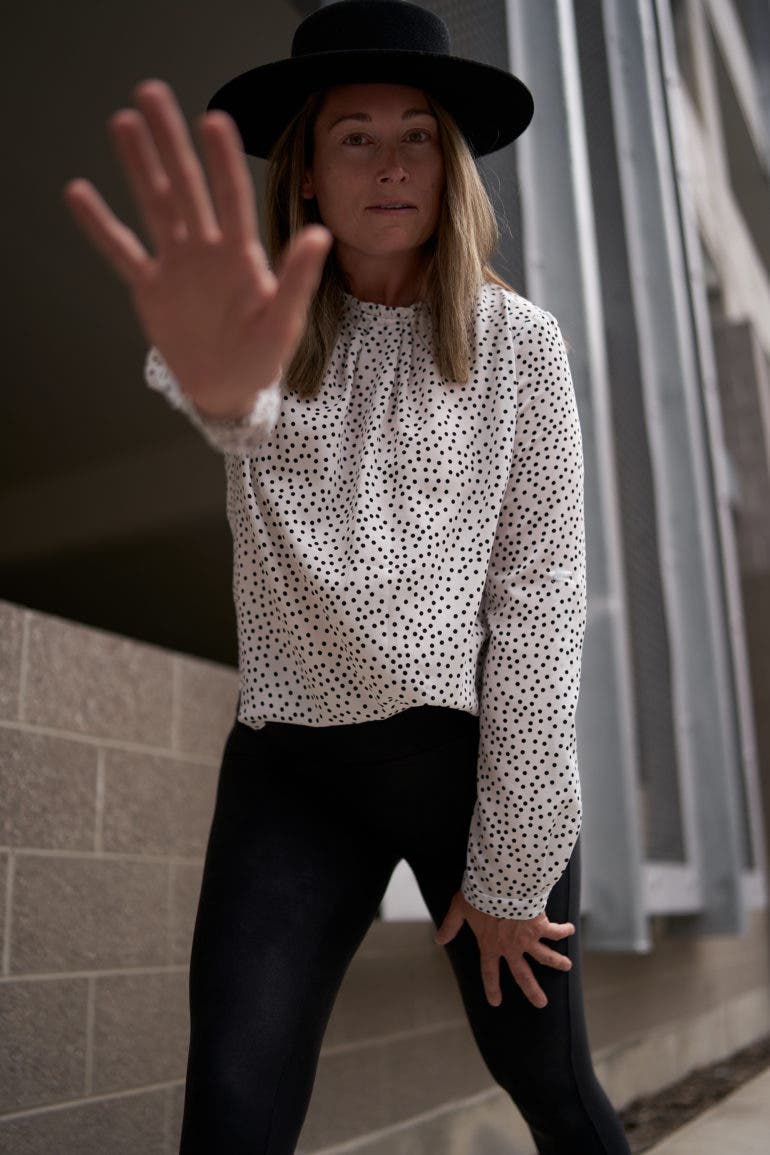























Conclusions of the Sigma 35mm f1.4 Art lens
Likes
- Versatile focal length
- Value for the price
- Weather sealing
- Sharpness
- Great transitional lens
Dislikes
- Front heavy
- Sensor dust. There is still a real issue at the lens mount
- I wish Sigma would have left more of the original lens character
- Autofocus speed could be better
Sigma has managed to create a paradox with the 35mm f1.4 Art lens. On the one hand, it is a technical triumph for cinematographers and night photographers. And on the other hand, it has been so calculated that some still images fall flat, even in the best light.
Sigma has done a great job at translating one of their best-selling lenses into the land of mirrorless. The Sigma 35mm f1.4 Art lens is one of the first to bridge the gap so seamlessly between video and photography. They also managed to build a lens suited for both beginners and seasoned professionals. Their well throughout design with manual options is sure to be a crowd-pleaser. Coming in at under $1,000, it is priced to compete.
The Sigma 35mm f1.4 Art lens boasts beautiful optics with serene bokeh, sharp details, and realistic colors. Most imperfections have been removed from this lens, and the minimal distortion is easily corrected. The lens can feel clinical and sterile as a result. If you are someone that loves to add your style in post-processing, this is a perfect lens for you.

We give the Sigma f1.4 Art lens four out of five stars. Want one? Check it out on LensRentals.